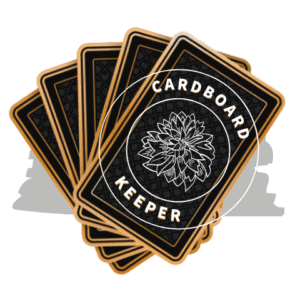After 20 years of handling cards from collectible card games, you may start to wonder about some of the finer details of a Magic The Gathering Card. I often used to wonder if there was any rhyme or reason to the MTG color order when looking at a card’s casting cost. It turns out, there is.
As a general rule, the MTG color order is White, Blue, Black, Red then Green. This color order is often referred to as WUBRG and can be seen on Magic cards that contain all 5 colors in their casting cost. However, there have been 2 previous color ordering systems used in MTG’s history.
That’s right, not only is there an official color ordering system in Magic The Gathering, but there were also 2 previous systems that Wizards of the Coast used but decided to change direction.
To make matters slightly more confusing, even with these systems in place, there are cards that have been printed throughout Magic that break these color order rules when you look at their mana casting requirements!
Since it’s not possible to update physical cards that have already been printed, the further back in Magic you go the more likely you are to run into cards that use a different color ordering system.
However, it’s not too difficult to learn and once you know it, it can also act as a secret weapon when trying to spot counterfeit Magic The Gathering cards.
If instead, you are interested in finding out what colors are ranked the strongest and weakest colors in Magic The Gathering you can check out my other post here: MTG Colors Ranked [Best & Worst MTG Colors Guide]
MTG Color Order – What Order Do MTG Colors Go In?
| Color | Order |
|---|---|
| White | 1st |
| Blue | 2nd |
| Black | 3rd |
| Red | 4th |
| Green | 5th |
The current system used in ordering the mana symbols on a Magic card is pretty intuitive for the most part.
You can use the back of any Magic card as a reference, as each MTG card has the 5 colors of Magic arranged in a pentagon shape representing the Magic’s color wheel.
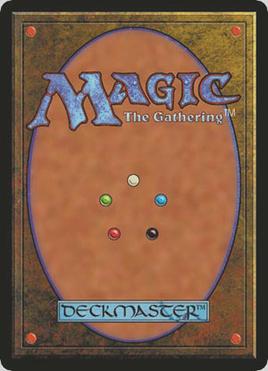
Starting from the color white and moving continuously clockwise, the color order is white, blue, black, red, green, white, blue, etc.
It’s important to keep in mind that the order of Magic colors is continuous, meaning that the MTG color order doesn’t stop at green even though it’s the last color – the order goes back to white and then repeats an infinite number of times.
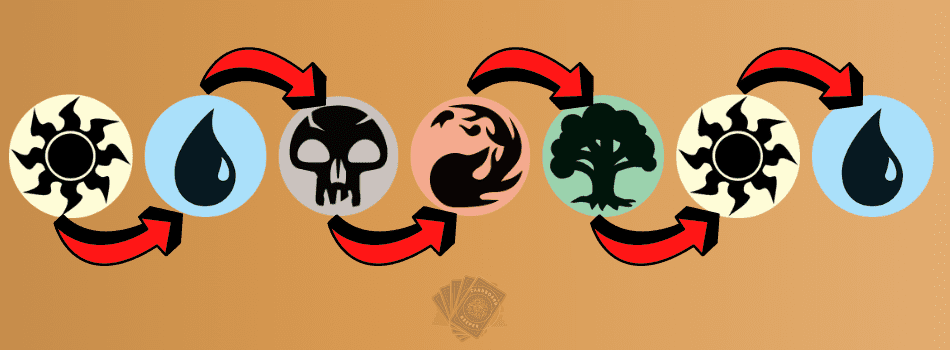
So we have WUBRG, which is the order when all five colors are included in the casting cost of a card, but because the colors repeat infinitely, it’s more accurate to say: WUBRGWUBRGWUBRGW… I think you get the idea.
The core of this system is when designing a Magic card, Wizards of the Cost want to avoid “skipping” a color as much as possible, and when that isn’t an option, they’d rather skip the fewest colors feasible.
Let’s take White-Red as an example.
If we were to go in the order of White to Red, you would find that there are two colors in between: blue and black.
However, if we change the order of the mana symbols on the card to Red-White, there is only one color when going between red to white: green.
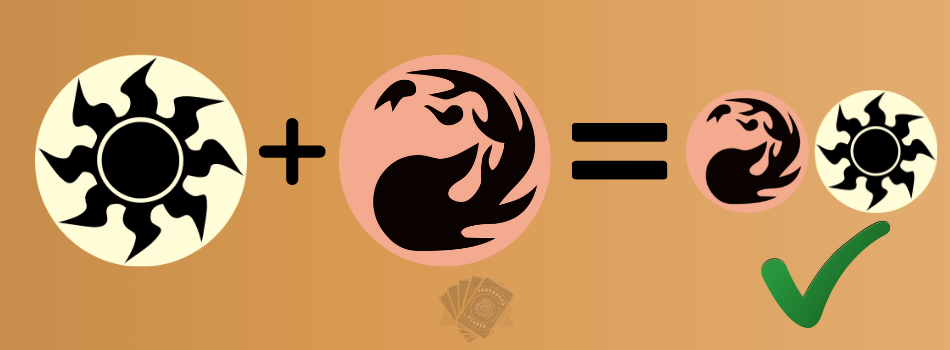
That is why in the current color ordering system, it would be correct to order the mana cost of spells that contain the color pair red and white as RW, not WR.
Note that this is true for basically all two-colored allied cards. In most cases, color pairings are shown in the way you would expect them to be; notice how Voice of Resurgence is GW, not WG.
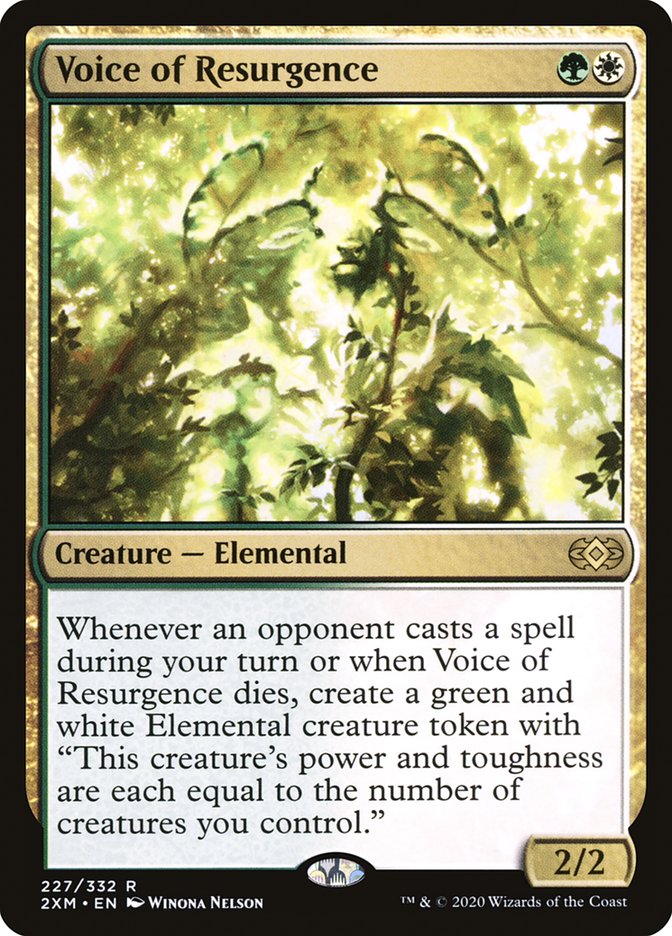
For two-colored enemy-colored cards, skipping a color in Magic’s color wheel is unavailable. However, the rule is to skip as few colors as possible.
For example, for a Magic card wanting to contain the colors Blue and Green, ordering the colors UG would cause 2 colors to be skipped on the color wheel: Black and Red.
Whereas, if we order the mana symbols as GU, we only skip 1 color: White. Therefore, GU is the correct order that the mana symbols should be displayed.
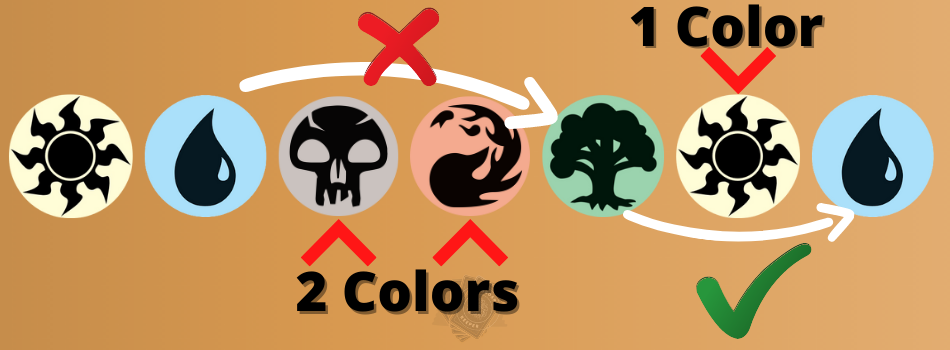
However, it was the “Apocalypse” ‘wedge’ cards that cause an issue with this system.
The ordering system above runs into a problem when you try to order two “allied” colors and their common “enemy” color.
The Apocalypse set had five rares with mana costs that fell into this problematic category, like Lightning Angel.
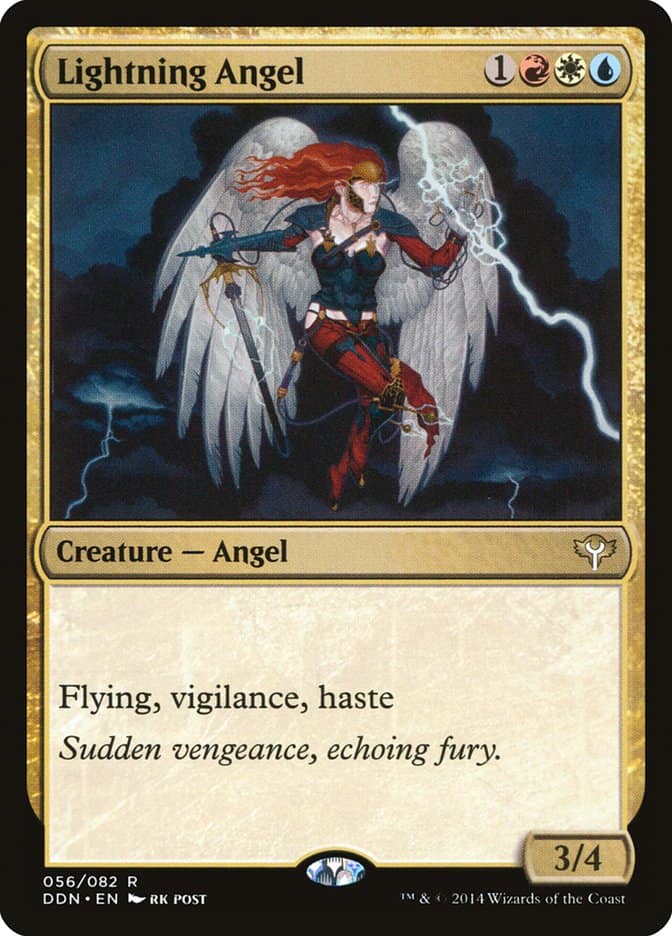
For Lightning Angel’s mana cost, there are 2 equally valid options using the current color ordering system: RWU and WUR.
When this 3 color situation happens, the designers of Magic The Gathering decided that a card in this situation will also start with the enemy color pair first.
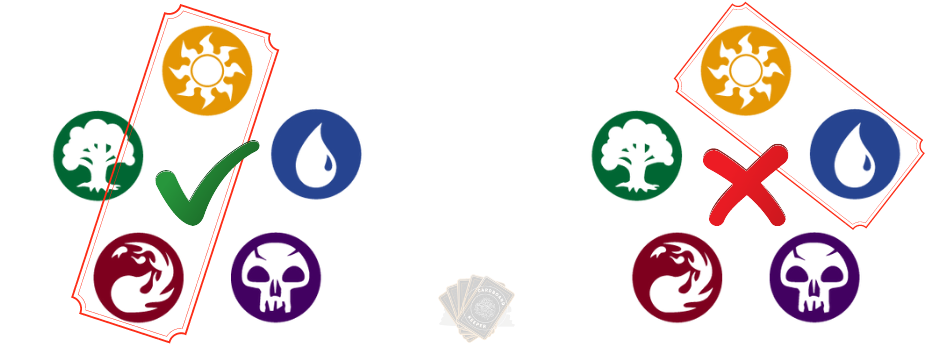
If you are wondering why URW wasn’t considered as an option, remember we want to skip as few colors as possible.
If you start at the color Blue, you will need to skip the color Black to get to Red and then skip the color Green to get to White – URW would skip 2 colors compared to the 1 color in the previously mentioned orders.
An expectation to this rule is the split cards that appear in the “Apocalypse” – For naming purposes, the designers that it would be easier to allow these cards to break the order rules. (source)
Previous Color Order Systems
The previous color order system that was in place was the mana symbols on a Magic card would always be represented in white-blue-black-red-green order.
Unlike the newer system, this color order always assumed white is the first color and green would be the last. It may be easier to think of this older system as linear, while the newer system is circular.
The old system didn’t care about how many colors you skipped.
New system: Blue + Green = GU
BR(G)W(U)BRGW
Old system: Blue + Green = UG
W(U)BR(G)
The old system was in effect for sets such as Ice Age, Tempest, and Chronicles, but Magic switched over to the new system since the Stronghold set.
Legends MTG Color Order
The only other method to mention is the system that was used during the set Legends, which was hardly a system at all.
To put it simply, here is a quote from one of the staff members at that time.
And then there’s the Legends system, which involved throwing mana symbols into a hat and then pulling them out at random.
Del Laugel, Magic Technical Editor, June 29, 2004
If you want more information on all the colors of Magic The Gathering and their possible combinations, check out my full post here for all the details.
ALSO READ: MTG Color Combinations [Color Combos Guide]
